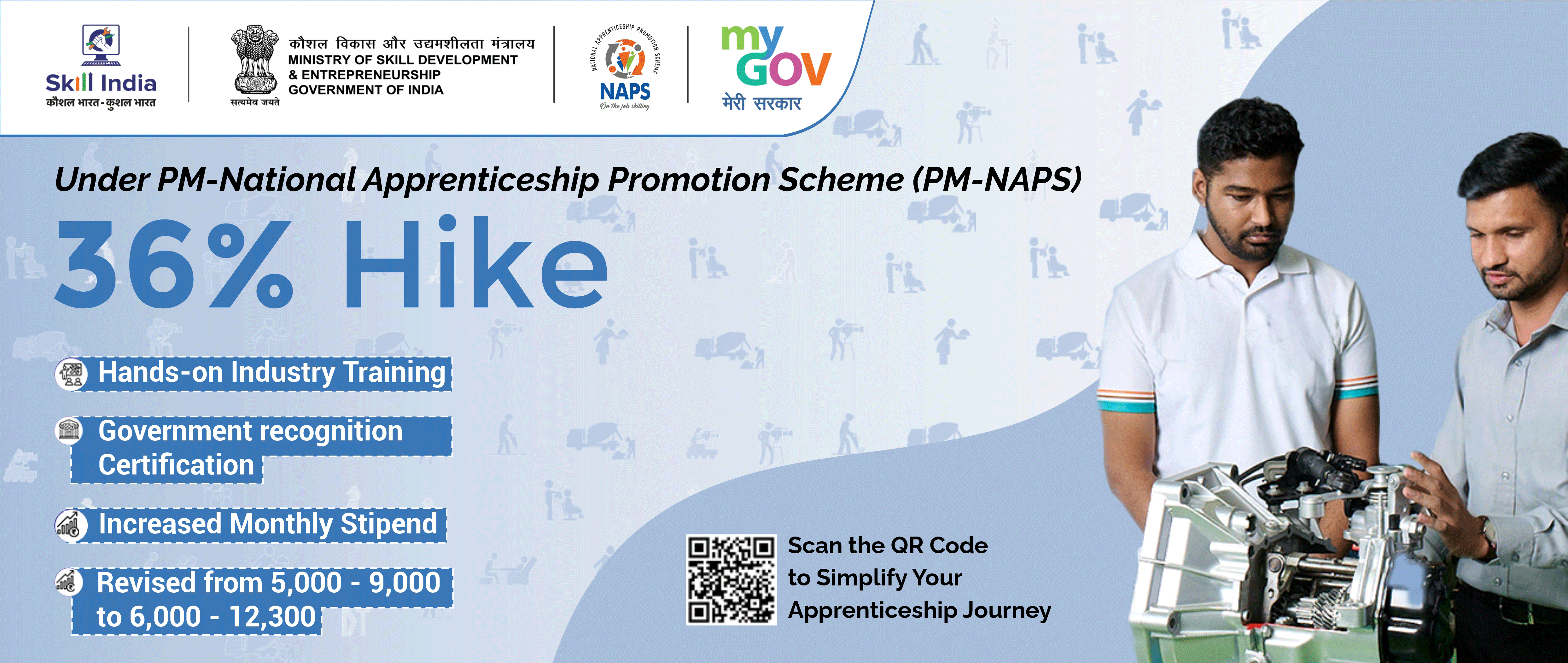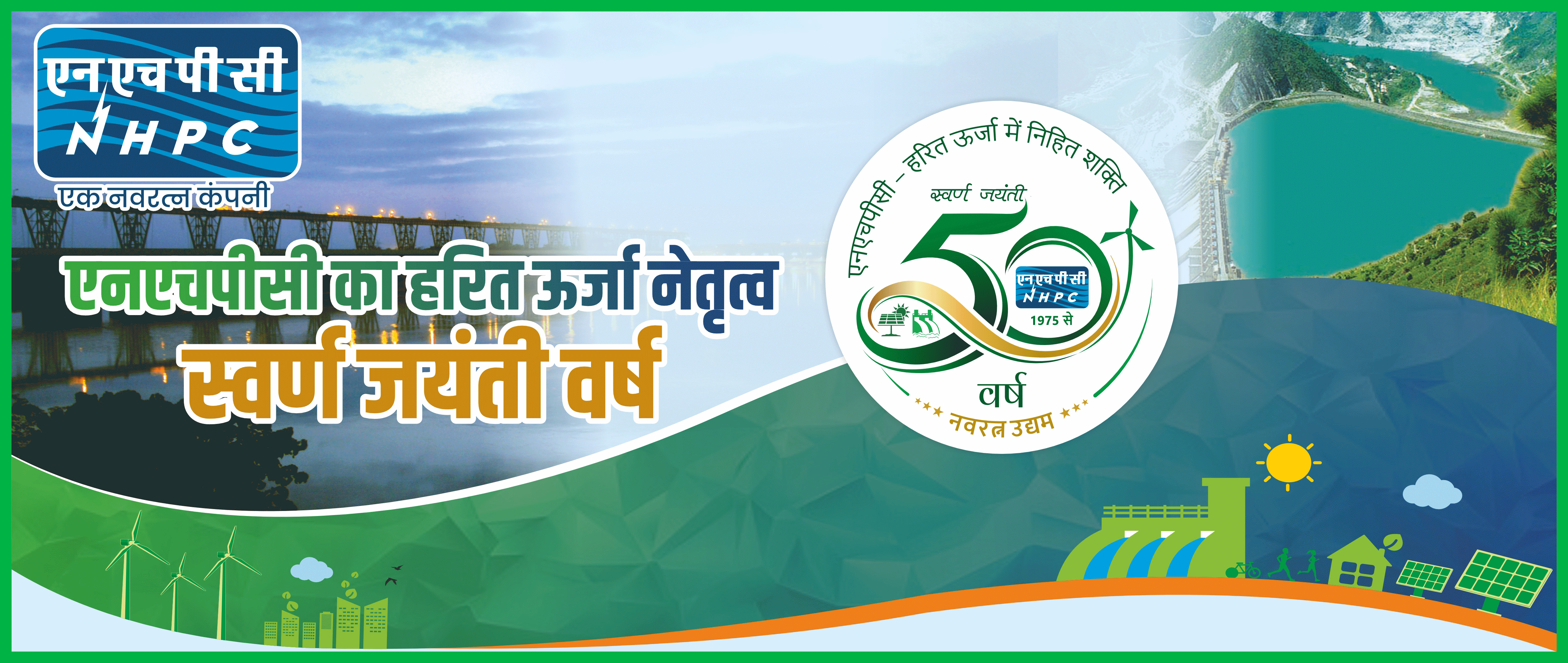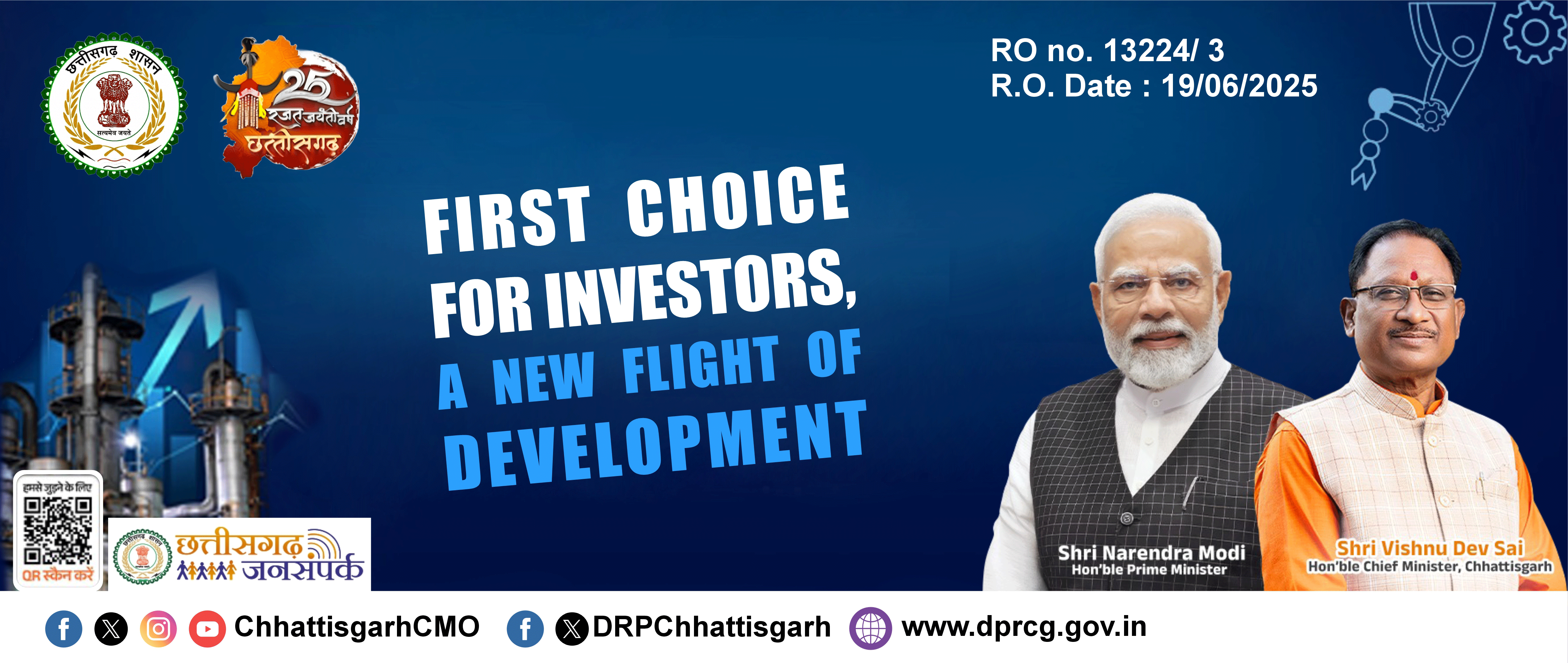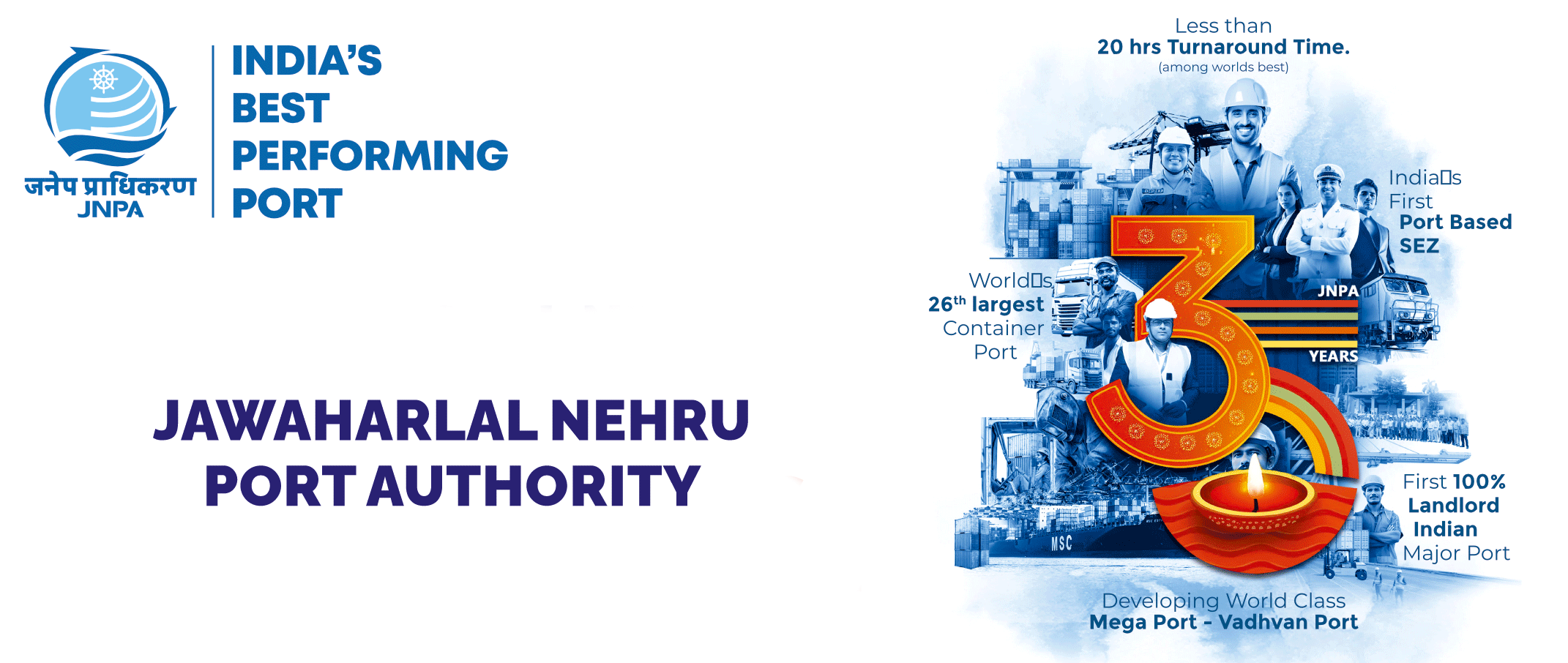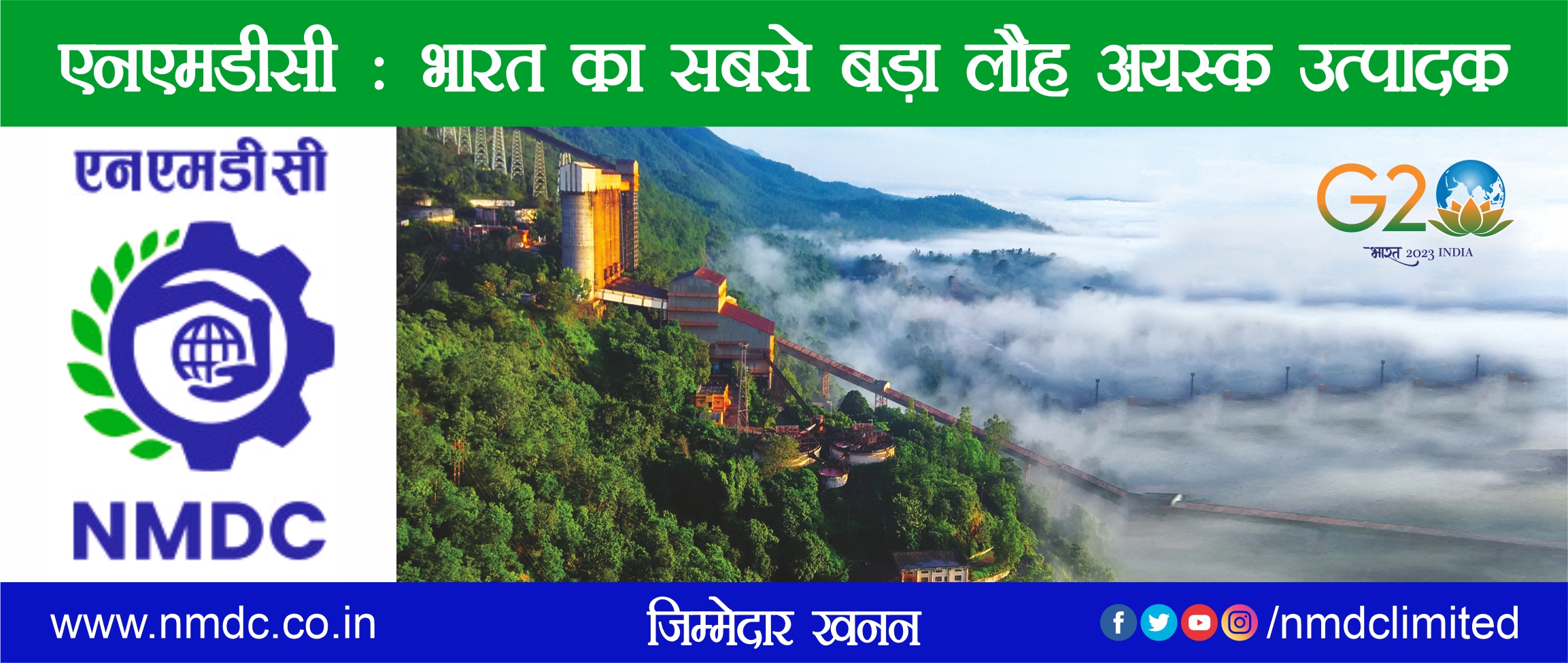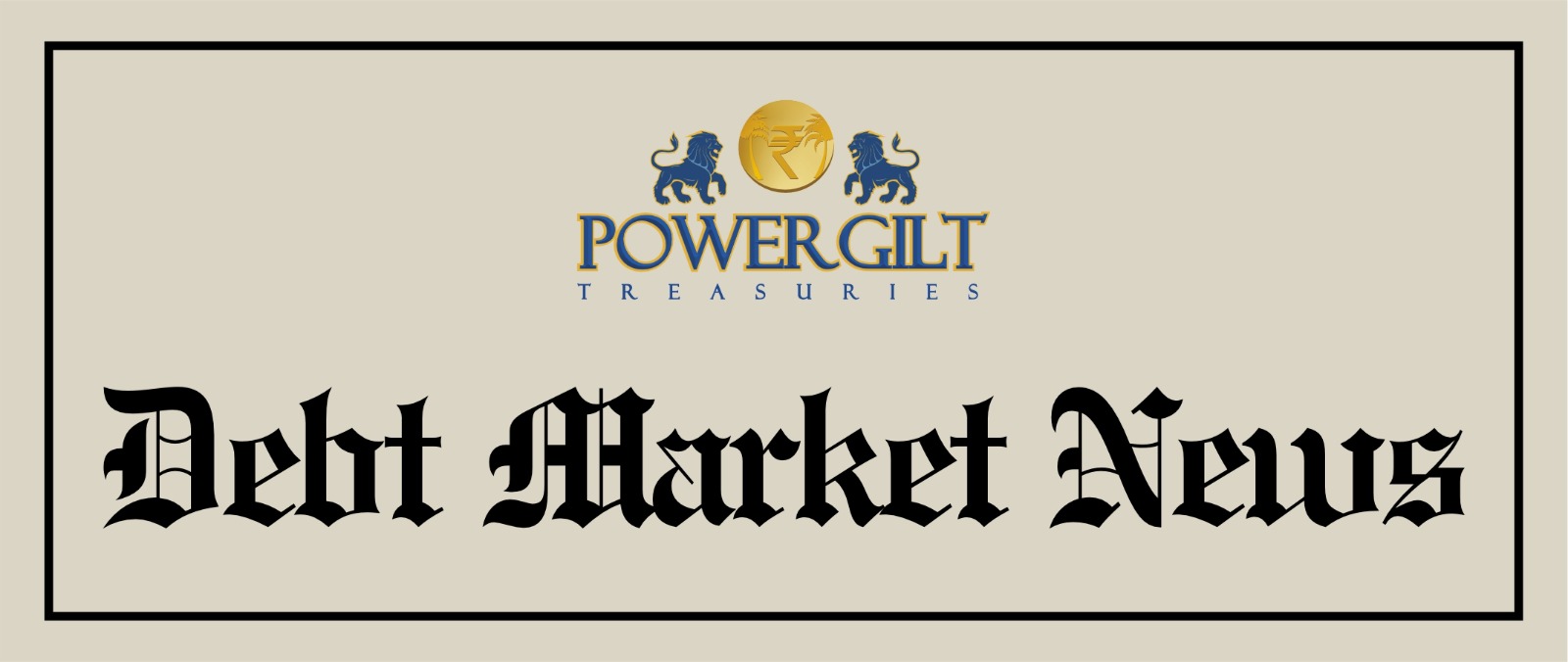TO RECIEVE EXCLUSIVE POSTS AND NEWS
![]() The Gujarat government's package of incentives announced recently may have come at the right time in view of the state assembly election but it may not satisfy the farmers of the state who are grappling with higher input costs and plateauing productivity on top of market manipulation of various produce.
The average agriculture growth in Gujarat during Narendra Modi's regime between 2002-03 and 2013-14 was 8 percent versus the all-India growth of 3.3 percent. But, this has since decelerated and in 2014-15, its agri-GDP shrank by one percent - a trend that continued in 2015-16.
According to the 2016 Centre's Agricultural Statistics report, farmers' income in Gujarat at Rs. 7,926 was much lower than that of their counterparts in Punjab Rs. 18,059, Haryana Rs. 14,434 and Kerala Rs. 11,888.
So the sops like the waiver of GST on equipment used in micro-irrigation, zero interest on loans up to Rs. 3 lakh and a bonus of Rs. 500 per quintal on cotton may not be sufficient to enthuse state farmers. The interest waiver on loans is only a short-term relief. With over 60 percent being small and marginal farmers, informal channels still play a large role in rural agricultural credit.
A State bankers' committee report shows that against the RBI's target of 8 percent credit for small and marginal farmers, these farmers received only 5.44 percent as of September 2016. Apparently, the large section of farmers who are dependent on non-institutional channels for credit will get no relief from the interest waiver.
Further, as of January 5, 2017, only one-fourth of the farmers in the State were insured under the Pradhan Mantri Fasal Bima Yojana. Of the 11.9 lakh farmers with crop insurance, 11.89 lakh were farmers with a bank loan.
The Gujarat government's package of incentives announced recently may have come at the right time in view of the state assembly election but it may not satisfy the farmers of the state who are grappling with higher input costs and plateauing productivity on top of market manipulation of various produce.
The average agriculture growth in Gujarat during Narendra Modi's regime between 2002-03 and 2013-14 was 8 percent versus the all-India growth of 3.3 percent. But, this has since decelerated and in 2014-15, its agri-GDP shrank by one percent - a trend that continued in 2015-16.
According to the 2016 Centre's Agricultural Statistics report, farmers' income in Gujarat at Rs. 7,926 was much lower than that of their counterparts in Punjab Rs. 18,059, Haryana Rs. 14,434 and Kerala Rs. 11,888.
So the sops like the waiver of GST on equipment used in micro-irrigation, zero interest on loans up to Rs. 3 lakh and a bonus of Rs. 500 per quintal on cotton may not be sufficient to enthuse state farmers. The interest waiver on loans is only a short-term relief. With over 60 percent being small and marginal farmers, informal channels still play a large role in rural agricultural credit.
A State bankers' committee report shows that against the RBI's target of 8 percent credit for small and marginal farmers, these farmers received only 5.44 percent as of September 2016. Apparently, the large section of farmers who are dependent on non-institutional channels for credit will get no relief from the interest waiver.
Further, as of January 5, 2017, only one-fourth of the farmers in the State were insured under the Pradhan Mantri Fasal Bima Yojana. Of the 11.9 lakh farmers with crop insurance, 11.89 lakh were farmers with a bank loan.






